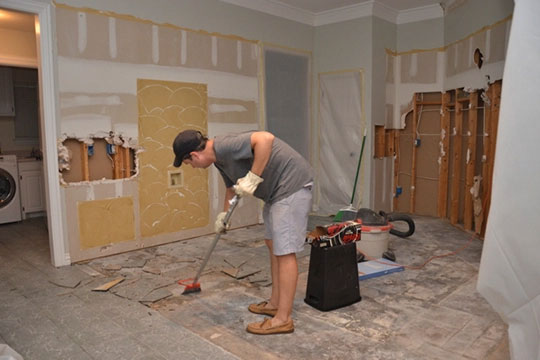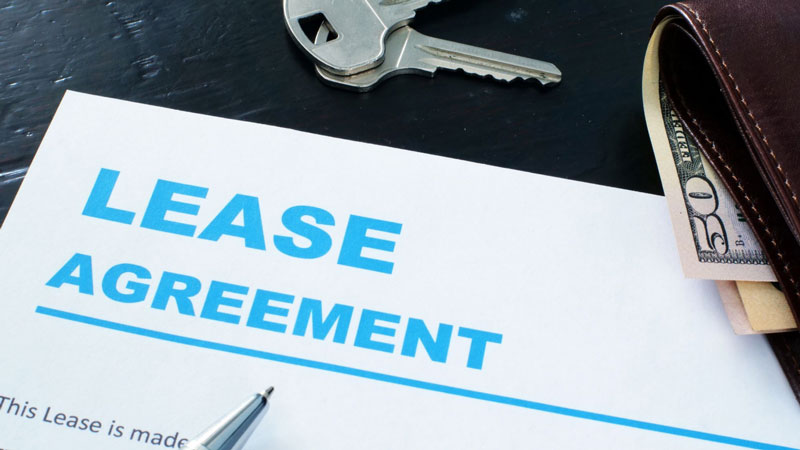The phrase "leasehold improvement" denotes any modifications made to a rented property to tailor it to the particular requirements of a single tenant. These adjustments and changes could involve painting the walls, erecting boundaries, switching out the flooring, or adding specialized lighting fixtures. The landowner and the renter can make modifications, with the former allowing the renter to pay for the work.
The IRC, also referred to as the Internal Revenue Code, mandates that improving the leasehold must be depreciated throughout the economic future and lifespan of the building, even though their usable economic life often ranges from five to ten years.
Leasehold Improvements and Their Operation
Leasehold improvements, often known as lease agreements or build-outs, are frequently used in the real estate industry. These adjustments are usually carried out by the proprietors of industrial establishments and can be adjusted for either a current tenant or a prospective renter.
Any adjustments are adapted to the tenant's unique requirements to make the area more desirable and appealing for that renter.
Once the rental agreement is over, the house owner usually owns the advancements, except if the document states otherwise. If the tenant can accept them, they must do so without hurting the estate.

What Is Regarded in Landlord Improvements?
One must fulfill predetermined requirements if one wants alterations to be considered in leasehold improvements. Alterations have to be performed to the inside of the property to fulfill the particular requirements outlined by the tenant, which may include the below-mentioned options:
- Modifications to the structure
- There's brand new wallpaper and flooring.
- Improvements to the infrastructure of our modernized lighting, electrical, and technological systems
- Construction of extra spaces, such as rooms, walls, and cubes
- Cupboards and work surfaces
Improvements to a leased property are not a blanket term for all renovations. Tenants, even those in the same building, are not entitled to use a landlord's custom alterations. Neither do fixes to the building's outside, such as new landscape, repaved parking lots, or a new roof. Lease term improvements do not include even interior adjustments like those done to a lift or HVAC systems. This is because they do not favor a particular tenant in any way.

Different Categories of Leasehold Improvements
Tenant Improvement Allowance (TIA)
In such types, the control has been given to the tenant over the leasehold improvement, relieving the landlord of any unnecessary work and hassle, especially if the work is extensive. Landlords typically include clauses in their leases that allow tenants to make improvements without paying rent throughout the lease duration. As a rule, this is either offered at a flat rate or per square foot. The landlord can pay the remodeling or building firm directly or repay the renter for their expenses. The tenant is responsible for paying the gap if project spending exceeds the budget.
Reduced Rent
If this clause is stipulated in the contract, the landowner may reduce the tenant's monthly rent payment in exchange for leasehold improvements. In that case, the renter may be eligible for rent alleviation through a complimentary month's stay or a rent discount during specified times of the year.
As a result, the tenant can cut costs associated with modifying the property. Like the Tenant Improvement Allowance, the renter has the last say over the typical lease improvements and manages the construction. In addition, the renter is on the hook for any overages.
Regulatory Allowance for Buildings
Another name for this possibility is a build-out. In this scenario, the landlord offers the renter a selection of improvement packages or other potential choices. Usually, the landlord is responsible for overseeing the project, which frees up more time for the renter to dedicate to their own enterprise. Tenants may find that in most situations, they do not have the alterations they genuinely desire to assist their business flourish. If they decide to modify it, they are responsible for paying the additional fee.
Turn Key
Typically, this sort of leasehold modification is done at the outset of the lease. Tenant often provides cost estimates and submits blueprints, while landlords are responsible for overseeing and funding construction.
Examples of Typical Leasehold Improvements

It is common practice in the retail sector for landlords to foot the bill for leasehold upgrades to coax tenants into renting space for extended periods. For illustration's sake, a proprietor of a business rents a space for their Frisbee golf shop. The landlord has the option of constructing built-in exhibits and storage facilities for the disks within the rented space by adding four corners to the area. These modifications are what are known as Typical Leasehold Improvements.
This time, let's look at a retail-related case. The owner of Shop A has decided to sign a lease with Business B. There is nothing in the store but its four walls. The shop consists solely of four walls and lacks any extra conveniences. During the lease discussion, Company B's landlord commits to putting in shelves, a service countertop for checkouts, and a digital display with unique lighting until Store A unlocks its doors to the general public.
Are Leasehold Improvements Eligible for a Tax Deduction?
Leasehold renovations are not eligible for a tax deduction. The Internal Revenue Service does, however, let property managers record their deterioration. This is possible because any renovations are regarded as a component of the structure.
Conclusion
Leasehold improvements are obligations placed on landowners or property owners to prepare, preserve, or repair rental properties and ensure that they comply with applicable regulations. These may involve painting, repairing, updating, replacing fixtures and equipment, and other related tasks. Because these expenditures are regarded as capital renovations, owners cannot directly claim them from their taxation.



